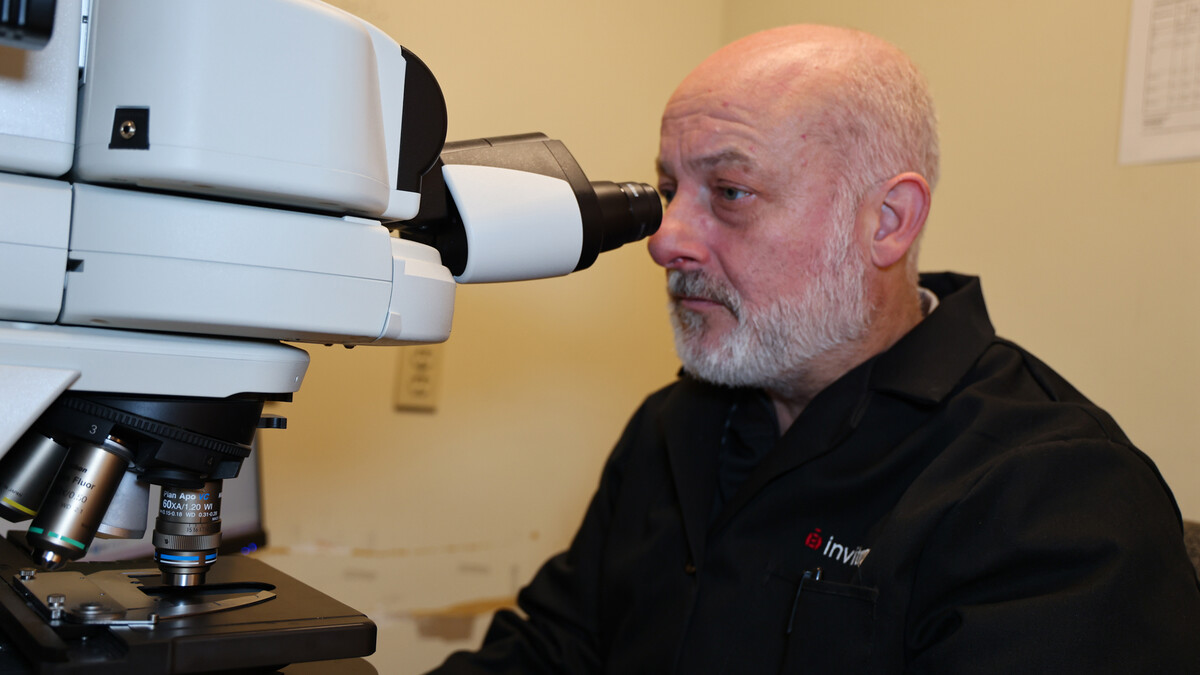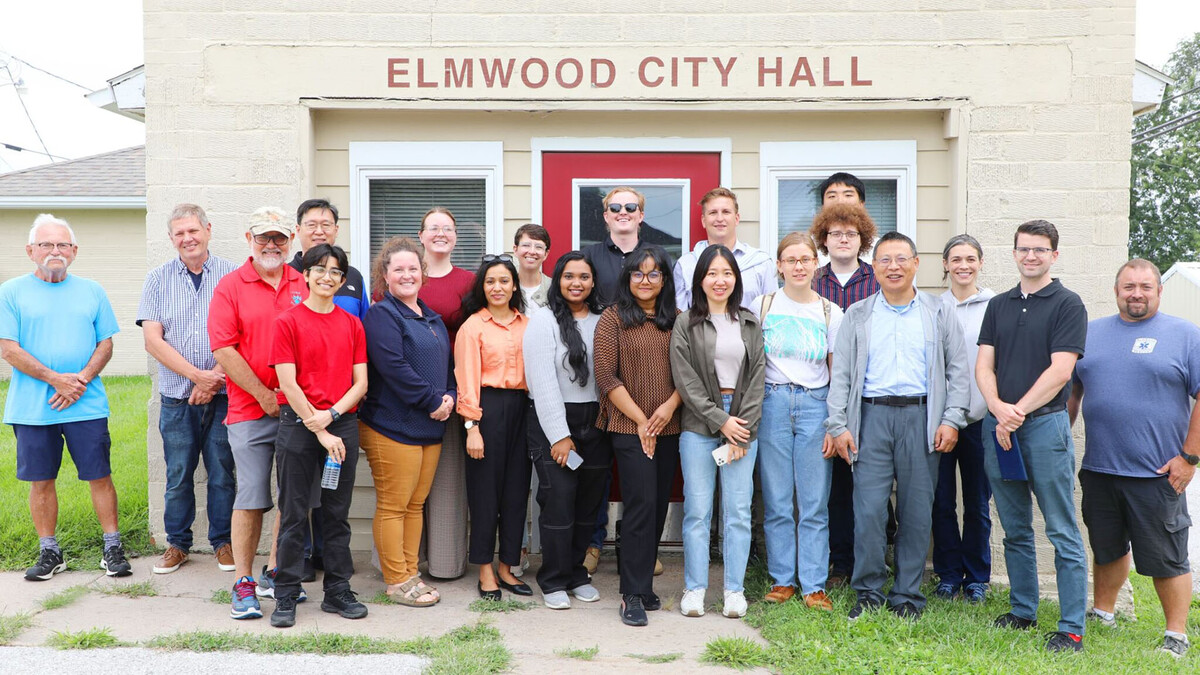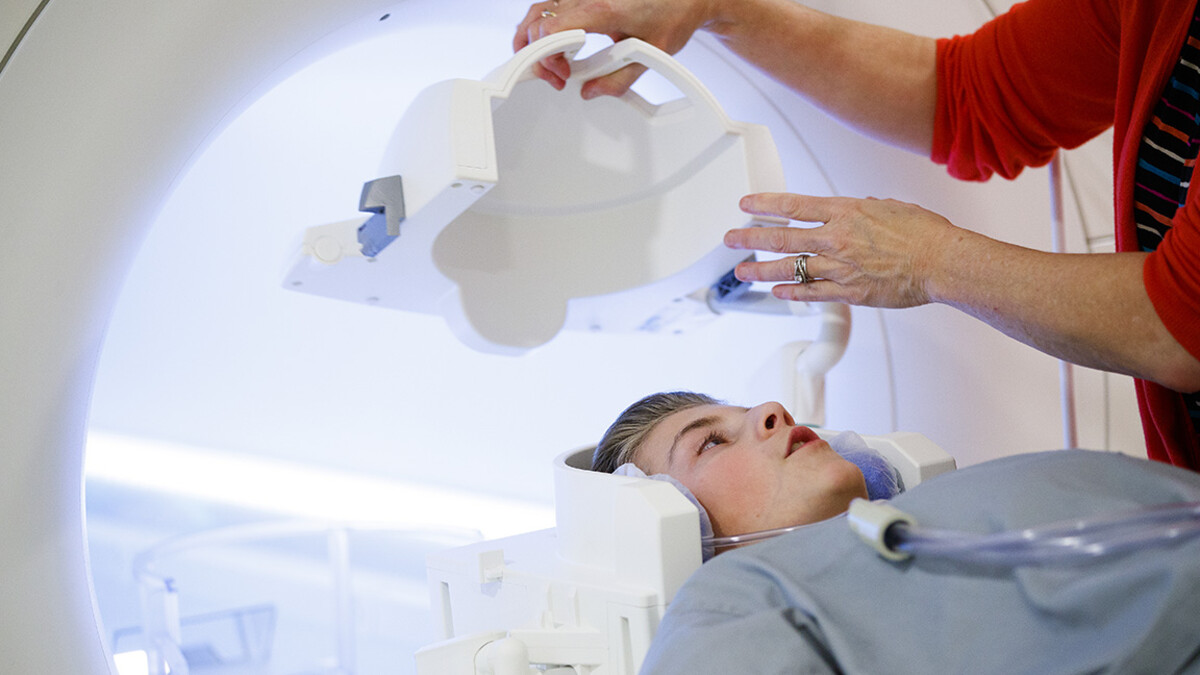
Long after bruises fade and broken bones heal, the effects of childhood physical abuse linger in the brain, according to new research by scientists at the University of Nebraska-Lincoln.
At the 2022 Association for Psychological Science convention May 26-29 in Chicago, Om Joshi, an instructor and graduate student affiliated with the Brain, Emotion and Education Laboratory at NU, presented initial findings from a study that used magnetic resonance imaging to examine the brains of 49 college students. Neuroscientist Hideo Suzuki, an assistant professor of developmental and learning sciences with the university’s Department of Educational Psychology, is the principal investigator for the study, which was among those highlighted by APS in a May 27 news briefing.

After undergoing the MRI scan, the students completed a demographic assessment and the Childhood Trauma Questionnaire, which asked about the history of physical abuse. The MRI scans showed structural differences in the brains of students who suffered physical child abuse. Several white matter tracts, bundles of long slender projections of nerve cells that connect distinct regions of the brain, showed decreased cohesiveness in those students.
The study showed reduced cohesion of white matter tracts connecting areas of the brain related to behavioral and emotional controls, memory processing, and a relay of sensory and motor signals. Some of the alterations are similar to those found in previous studies showing how verbal abuse and traumatic events affect white matter structure, but others were unique to the effects of physical abuse.
“Our findings indicate that, even among students who do not show overt trauma-related disorders, experiencing physical abuse as a child may negatively affect the brain’s emotional regulation functions,” Suzuki said. “Increased levels of physical abuse are associated with greater difficulty accessing the areas of the brain that regulate emotions.”
“Even though teachers or parents don’t see problematic behaviors among their children at the moment, our data indicates that experiencing physical abuse can change the white-matter microstructures of the brain in the long run and may influence how those children behave later in adulthood.”
This is the first time the results of the as-yet-unpublished study have been made public.

“The white matter tracts are like highways of the human brain,” said Joshi. “I am particularly interested in studying how adverse adolescent experience impacts the brain’s white matter. Indeed, the present study provided initial evidence about physical abuse and brain pathway disruptions. However, we have much to explore and find the underpinnings of adolescent development in adversity.”
Suzuki’s research at the BEE Laboratory uses a neurobiological approach to examine the relationship between stress and emotional behavior. His research group also is investigating the effects of bullying and peer victimization and whether they result in neurobiological changes associated with aggression and depression.







